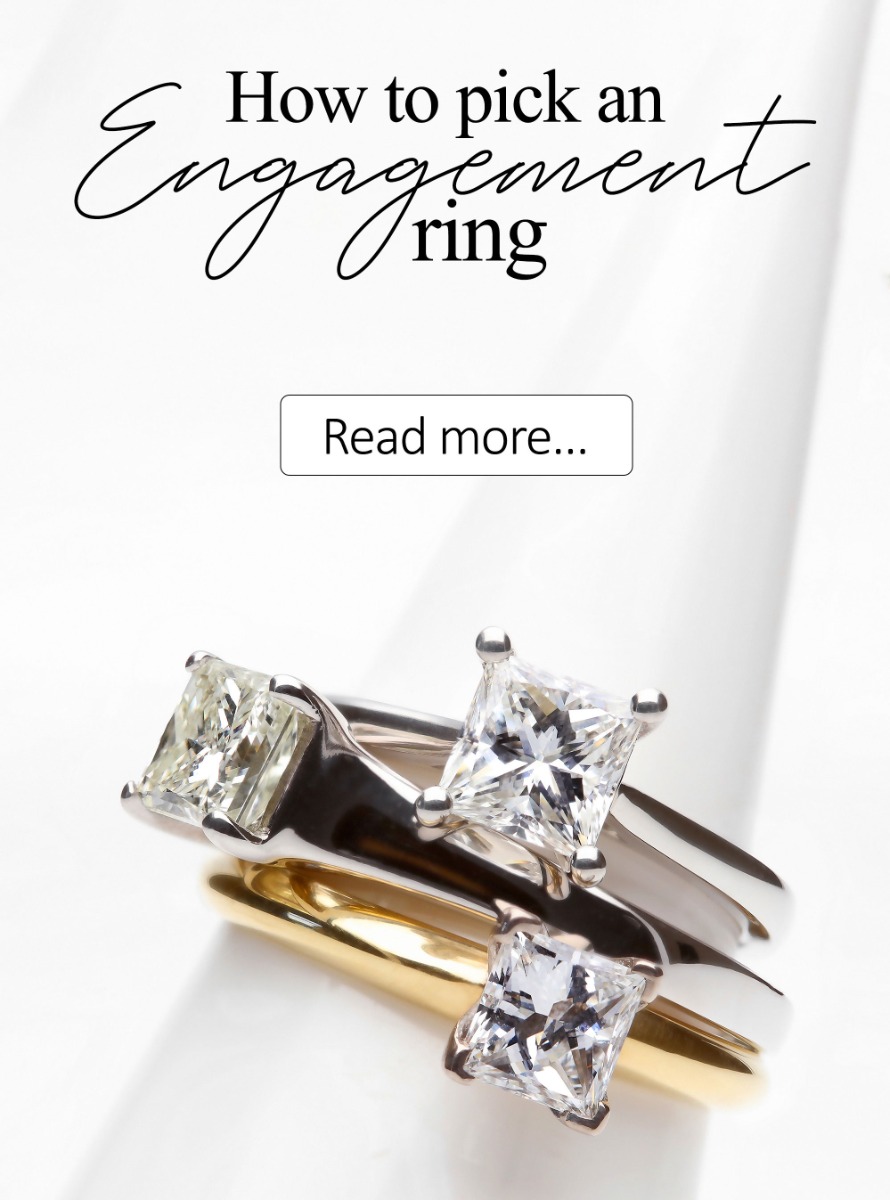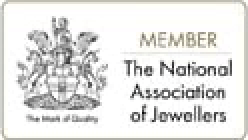When it comes to jewellery, there's an endless array of styles and designs to choose from. From classic solitaire engagement rings to intricate vintage pieces, the options are as diverse as the wearers themselves. Among these stunning choices, cluster rings stand out as a unique and captivating category of jewellery that has gained popularity over the years. In this blog, we'll delve into the world of cluster rings, exploring their history, design elements, and why they have become such a beloved choice for many.
Chapter 1: Understanding Cluster Rings
A cluster ring, also known as a cluster setting, is a type of jewellery design where multiple smaller gemstones are arranged closely together to create the illusion of a larger, single centrepiece gemstone. These rings are renowned for their brilliance, as they can feature a dazzling array of stones that catch the light from various angles, resulting in a spectacular, eye-catching piece of jewellery.
Chapter 2: History of Cluster Rings
Cluster rings have a rich history dating back centuries. They became particularly popular during the Victorian era (1837-1901), known for its romantic and sentimental jewellery designs. During this period, cluster rings were often used as engagement rings and were referred to as "flower rings" due to their floral-inspired arrangements of gemstones. These rings were considered symbolic of love and unity.
Cluster rings also experienced a resurgence in popularity during the Art Deco period (1920s-1930s). The Art Deco movement embraced geometric designs and intricate detailing, and cluster rings were no exception. They often featured geometric arrangements of colourful gemstones, adding a touch of glamour and sophistication to the era's fashion.
Chapter 3: Design Elements
One of the defining characteristics of cluster rings is their versatility in design. They can vary in terms of gemstone type, shape, and arrangement, making them customizable to suit individual preferences. Some common design elements include:
- Centre Stone: While cluster rings typically feature a central cluster of smaller gemstones, the centre stone can still be prominent. This stone is often larger than the surrounding gems and may be a different shape or colour, creating a stunning focal point.
- Gemstone Variety: Cluster rings can incorporate a mix of gemstones, such as diamonds, sapphires, rubies, emeralds, and more. The choice of gemstones can add depth and vibrancy to the design.
- Arrangement: The arrangement of gemstones can vary greatly, from a central cluster surrounded by smaller stones to a more scattered or abstract layout. Each arrangement creates a unique visual effect.
- Metal Setting: The metal used in the setting, whether it's white gold, yellow gold, rose gold, or platinum, can greatly influence the overall appearance of the ring.
Chapter 4: Symbolism and Occasions
Cluster rings are often chosen for special occasions, particularly engagements and anniversaries. The cluster of gemstones symbolises unity and togetherness, making them a meaningful choice for couples embarking on a lifelong journey together. These rings also make excellent gifts to celebrate milestones and achievements.
In the world of fine jewellery, cluster rings shine as a testament to artistry, history, and personal expression. Whether you're drawn to their vintage charm or modern elegance, cluster rings offer a captivating way to adorn your finger with a brilliant array of gemstones. From their rich history to their endless design possibilities, Cluster rings continue to capture the hearts of those who appreciate their unique beauty and symbolic significance. The next time you're in search of a jewellery piece that tells a story and sparkles with personality, consider the timeless allure of a Cluster ring.
Shop for your perfect cluster ring by clicking here.













